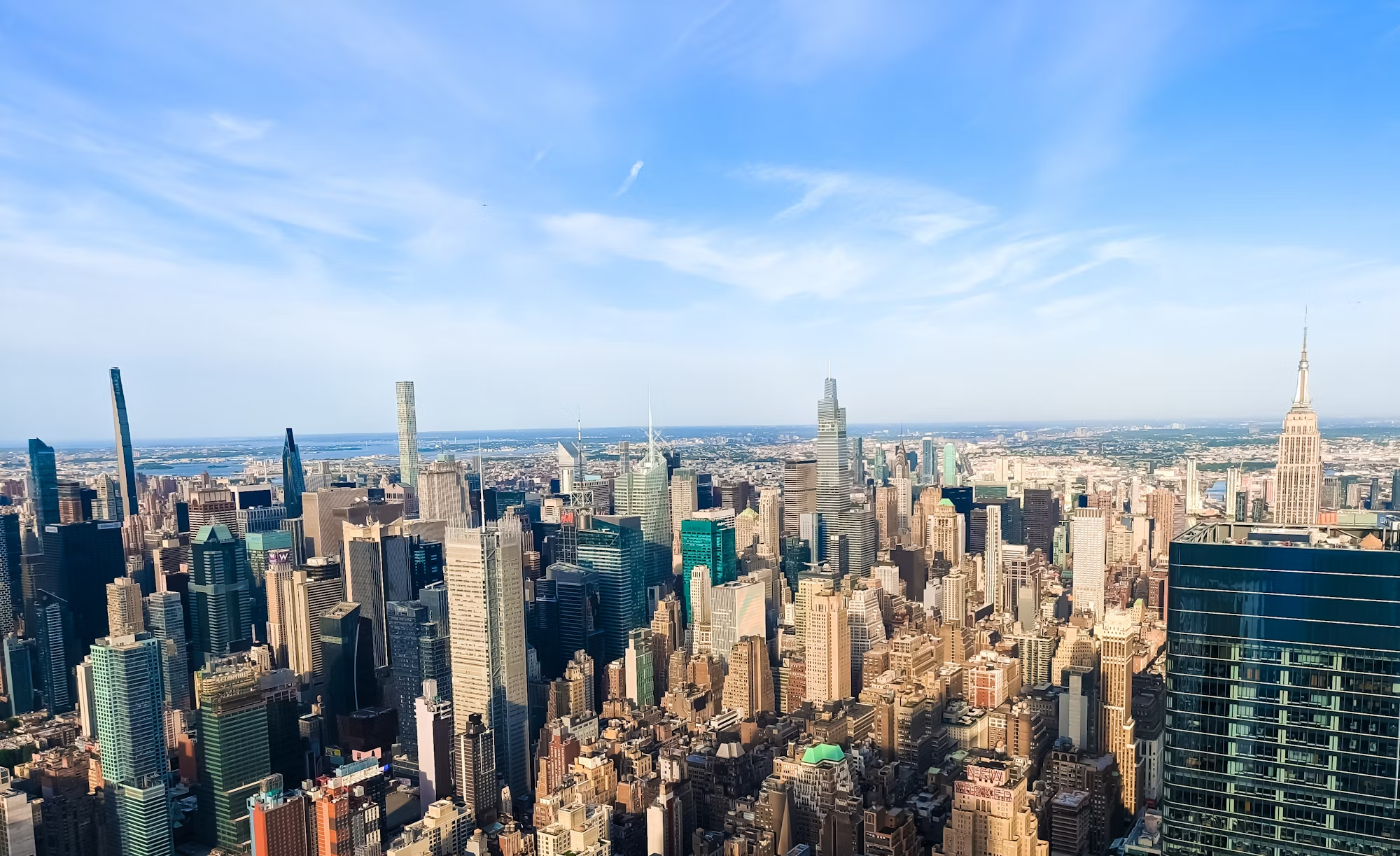As urban populations continue to soar, the need for sustainable solutions in architecture and construction becomes increasingly critical. Sustainable skyscrapers are leading the charge, representing a harmonious blend of innovation, environmental responsibility, and modern design. These towering structures not only minimize their ecological footprint but also enhance the quality of life for their occupants. This article delves into the concept of sustainable skyscrapers, their design principles, benefits, and their transformative impact on urban environments.
Sustainable skyscrapers are designed with a focus on reducing energy consumption, utilizing renewable resources, and promoting eco-friendly practices. Key features often include green roofs, energy-efficient systems, and the use of sustainable materials. For example, buildings may incorporate solar panels, rainwater harvesting systems, and high-performance insulation to minimize reliance on non-renewable energy sources. These elements not only contribute to a lower carbon footprint but also create healthier indoor environments for occupants.
One of the most significant advantages of sustainable skyscrapers is their ability to reduce energy consumption. Traditional buildings often rely heavily on fossil fuels for heating, cooling, and electricity, leading to substantial greenhouse gas emissions. In contrast, sustainable skyscrapers employ a variety of energy-saving technologies and strategies to optimize their energy use. For instance, smart building systems can monitor and adjust lighting, heating, and cooling based on real-time occupancy data, significantly lowering energy bills and environmental impact.
The integration of green roofs and vertical gardens is another hallmark of sustainable skyscrapers. These green spaces not only provide aesthetic benefits but also contribute to improved air quality, urban biodiversity, and temperature regulation. By incorporating vegetation into urban environments, sustainable skyscrapers help combat the urban heat island effect, where cities become significantly warmer than their rural surroundings due to human activities and infrastructure. This cooling effect can lead to reduced energy costs associated with air conditioning, benefiting both the environment and building occupants.
Sustainable skyscrapers also prioritize water efficiency, employing systems that minimize water usage and promote responsible management of this vital resource. Rainwater harvesting systems collect and store rainwater for irrigation, toilet flushing, and other non-potable uses, reducing the demand for municipal water supply. Additionally, low-flow fixtures and smart irrigation systems contribute to significant water savings, further enhancing the building’s sustainability profile.
From an economic standpoint, investing in sustainable skyscrapers is increasingly recognized as a wise decision. While the initial construction costs may be higher due to the use of advanced technologies and sustainable materials, the long-term savings on energy and maintenance costs can be substantial. Moreover, many tenants are now prioritizing sustainability when choosing office or residential spaces, leading to higher occupancy rates and rental values for eco-friendly buildings. Investors and developers who embrace sustainability are likely to see favorable returns on their investments in the long run.
Sustainable skyscrapers also serve as educational platforms, raising awareness about environmental issues and encouraging sustainable practices among occupants and visitors. Many buildings feature interpretive signage and educational materials that inform individuals about the building’s sustainable features, energy usage, and overall environmental impact. This educational component fosters a culture of sustainability, empowering individuals to adopt eco-friendly habits in their daily lives.
As cities face the challenges of climate change and rapid urbanization, the development of sustainable skyscrapers becomes increasingly vital. These buildings represent a proactive approach to addressing environmental concerns while simultaneously enhancing urban living conditions. They demonstrate that modern architecture can harmonize with nature, creating spaces that are both functional and environmentally responsible.
In recent years, cities around the world have begun to prioritize sustainable development through policy initiatives and incentives. Local governments are implementing regulations that encourage green building practices, providing tax incentives and grants for developers who incorporate sustainable technologies. This shift in policy reflects a growing recognition of the importance of sustainability in urban planning and development, setting the stage for a greener future.
Moreover, the rise of sustainable skyscrapers has sparked innovation in architectural design and construction methods. Architects and engineers are continually pushing the boundaries of what is possible, experimenting with new materials and technologies that promote sustainability. This spirit of innovation is essential for creating the buildings of the future that will meet the needs of growing urban populations while minimizing environmental impact.
In conclusion, sustainable skyscrapers are at the forefront of a green revolution in urban architecture. By incorporating innovative design principles, energy-efficient technologies, and eco-friendly practices, these buildings are paving the way for a more sustainable urban future. As cities continue to grapple with the challenges of population growth and climate change, the importance of sustainable skyscrapers will only continue to rise. They represent a harmonious balance between modern living and environmental stewardship, offering a glimpse into the potential for a greener, more resilient urban landscape. Embracing the principles of sustainability in skyscraper design is not just an option; it is a necessity for creating vibrant, livable cities that thrive for generations to come.
